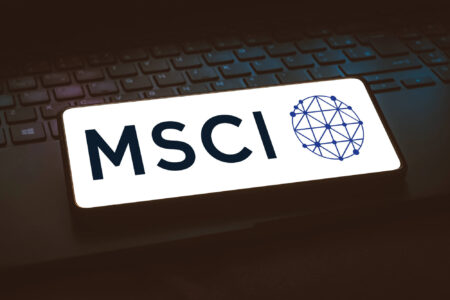Was hat sich diese Woche rund um Blockchain und Kryptowährungen getan? Die relevantesten lokalen und internationalen Geschehnisse sowie ansprechende Hintergrundberichte pointiert und kompakt im Wochenrückblick.
Selected articles of the week:
The global market for money is the largest in the world, and the potential benefits for owners of successful monetary assets are considerable. In less than 15 years, Bitcoin has already established itself as an emerging but serious contender in the global competition of monetary assets. Bitcoin meets a number of important monetary characteristics and, in many respects, is an upgrade of existing currencies and assets. It is no coincidence that the largest cryptocurrency performs well in many historically significant categories of money characteristics. James Butterfill sets Bitcoin against the entire addressable market of global monetary assets and estimates the potential for its ongoing adoption based on various scenarios.
A thorough analysis of the total addressable market (TAM) for bitcoin as a store of value (SoV) and monetary good / medium of exchange.
For about two years, the EU has been working on a first comprehensive crypto legal framework (MiCA). The scope of the proposed framework includes transparency, disclosure, authorization and monitoring of transactions by service providers and primarily aims to create a uniform approach across all 27 member states. However, even before MiCA regulation comes into force, ECB President Christine Lagarde is calling for MiCA II to extend the legal framework to DeFi, Lending and Staking.
ECB chief is pushing to add DeFi, Lending and Staking to the EU crypto framework MiCA, which has not yet come into force.
Tether is considered the largest and longest-standing stablecoin issuer with its USDT stablecoin, which has a market capitalization of around $65 billion. Throughout its history, the issuer, Tether Limited, and its Hong Kong-based parent company, iFinex, which also owns the cryptocurrency exchange Bifinex, have been met with skepticism from market participants. The source of the mistrust was primarily related to an alleged insufficient backing of the outstanding stablecoins. A lawsuit filed by the New York Attorney General against iFinex last year, which was aimed in the same direction, was settled by the company.
In a recent Wall Street Journal report, the leading stablecoin issuer Tether is once again being accused of lacking sufficient liquidity.
Despite the turbulence in the cryptocurrency market, the use of blockchain infrastructure is growing and more and more companies are taking advantage of the possibilities that Web3 brings. A huge market potential within the new internet is taken up by the sector around digital identities. Japan’s second largest bank recently announced the use of the “Soulbound Token” for identity verification. These are an evolution of non-fungible tokens (NFTs). Soulbound tokens cannot be transferred, they are bound to their owner.
Japan’s second largest bank, Sumitomo Bank, wants to launch its own soulbound token in an attempt to establish itself in the web3 sector.
In addition: In the wake of the FTX debacle, some interesting trends are emerging in the crypto markets. In line with record levels of crypto assets in self-custody, decentralized exchanges (DEXes) are capturing market share. In addition to decentralized spot exchanges, decentralized futures markets such as dYdX and GMX are also benefiting from the current trend, as illustrated by the price development of the respective governance tokens. Although decentralized derivative trading alternatives have gained traction, they are still small compared to centralized derivative exchanges.
A summarizing review of what has been happening at the crypto markets of the past week. A look at trending sectors, liquidity, volatility, spreads and more. The weekly report in cooperation with market data provider Kaiko.









